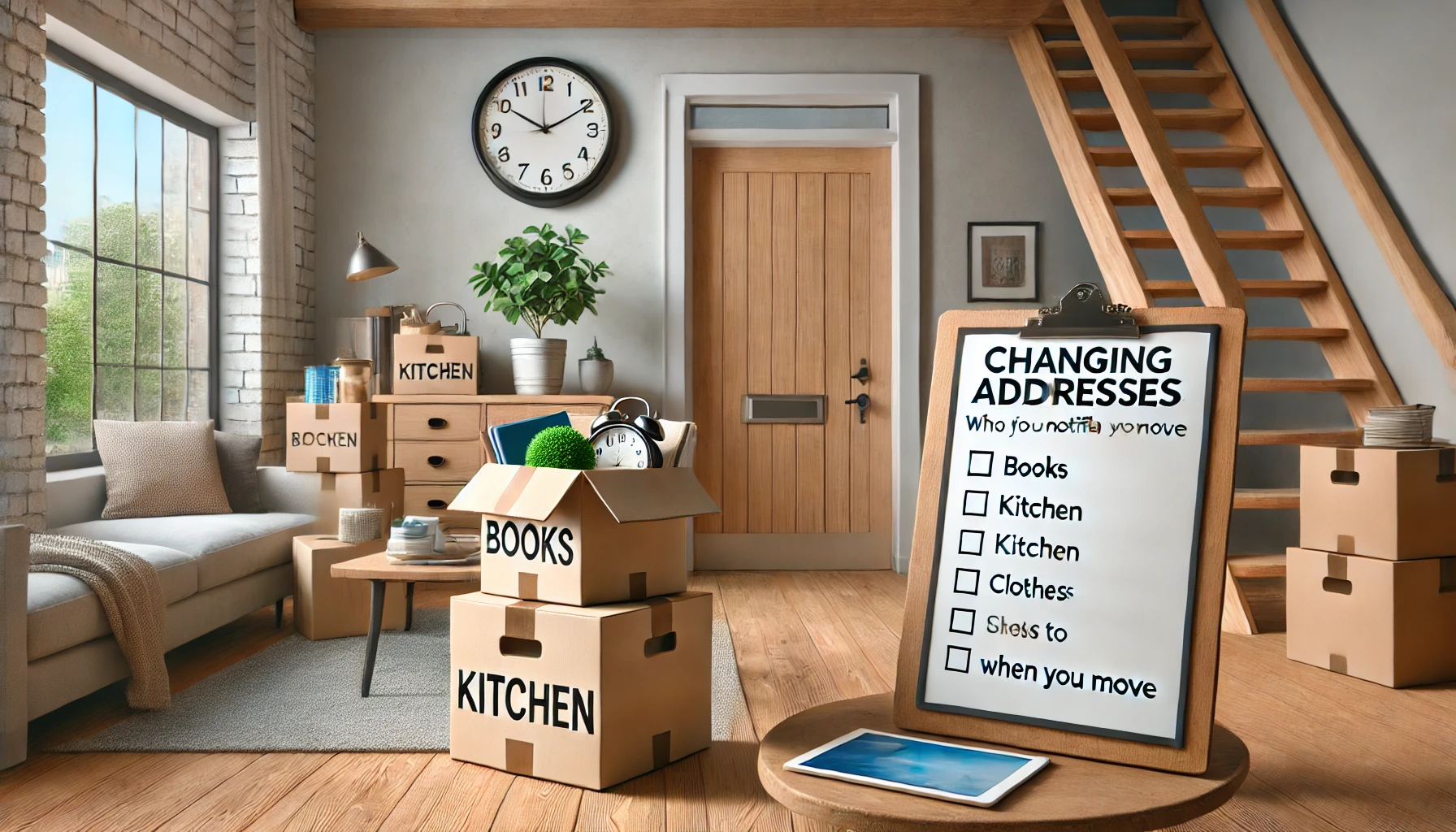
Moving home in the UK can be one of life’s most stressful experiences, but efficient packing strategies can significantly reduce this stress while ensuring your belongings arrive safely at your new property. Property experts including some of the best estate agents in Boston say, a systematic approach to packing not only protects your possessions but also makes unpacking in your new home considerably easier.
Starting Early: The Foundation of Efficient Packing:
The key to successful packing lies in starting well before your moving date. Beginning the process at least six weeks before your move allows time for proper organisation, decluttering, and methodical packing. This early start provides the opportunity to sort through belongings thoroughly, making informed decisions about what to keep, donate, or dispose of before the actual packing begins.
Creating a detailed inventory of your possessions as you pack serves multiple purposes. Not only does it help with insurance documentation, but it also proves invaluable when unpacking, allowing you to quickly locate specific items in your new home. This systematic approach might seem time-consuming initially, but it saves considerable time and stress during the moving process.
The Art of Decluttering Before Packing:
Before placing a single item in a box, take time to evaluate your possessions. Moving home presents the perfect opportunity to declutter, potentially reducing your moving costs and starting fresh in your new property. Consider whether items have been used in the past year and if they’ll suit your new space. Many UK charity shops welcome good-quality donations, while local recycling centres can handle items unsuitable for donation.
Be particularly ruthless with items often overlooked during regular clear-outs: old paperwork, outdated electronics, unused kitchen equipment, and clothes that haven’t been worn for years. Remember, every item you decide not to take reduces both the complexity of your move and the cost if using professional movers.
Essential Packing Materials and Their Smart Use:
Investing in quality packing materials proves cost-effective in the long run. While it might be tempting to rely solely on free boxes from local shops, a mix of new and recycled materials typically works best. Professional-grade boxes in various sizes, bubble wrap, packing paper, strong tape, and marker pens form the foundation of efficient packing.
Heavy-duty boxes are particularly important for books and other weighty items. Consider specialised containers for specific items: wardrobe boxes for hanging clothes, picture boxes for artwork, and wine boxes for bottles. Using the right materials for each item type significantly reduces the risk of damage during transport.
Room-by-Room Strategy:
Approaching packing room by room helps maintain organisation and prevents overwhelming yourself. Begin with rooms used less frequently, such as spare bedrooms, lofts, or formal dining rooms. This approach allows you to maintain normal living patterns while steadily progressing through your packing schedule.
Create a detailed labelling system for your boxes, indicating both contents and destination room in your new home. Colour coding can prove particularly effective, with each room assigned a specific colour for quick identification during unloading. Consider taking photos of box contents before sealing them, providing quick reference when searching for specific items later.
Protecting Valuable and Fragile Items:
Special attention must be paid to valuable and fragile items. Fine china, glassware, and electronics require particular care in packing. When wrapping delicate items, remember that excess is better than insufficient protection. Use bubble wrap generously, securing it with tape to prevent unwrapping during transit.
For particularly valuable items, consider keeping them separate from the main move, transporting them personally if possible. Important documents, jewellery, and irreplaceable items should always travel with you rather than in the moving van. Photographs and artwork require special attention, and appropriate materials and techniques must be used to prevent damage.
Practical Packing Techniques:
Efficient packing involves more than just placing items in boxes. Consider weight distribution carefully, placing heavier items at the bottom of boxes and lighter ones on top. Fill empty spaces with packing paper or bubble wrap to prevent items from shifting during transport. Books should be packed flat or with their spines facing downward to protect their bindings.
For kitchen items, wrap plates individually and stack them vertically rather than horizontally to reduce the risk of breakage. Pot lids should be removed and wrapped separately, while nested pans can save space if properly protected. Use towels and linens as additional padding for fragile items, maximising space while providing protection.
Essential Items Box:
Pack a clearly marked box of essentials for your first night in your new home. Include items like toilet paper, basic cleaning supplies, phone chargers, and a change of clothes. Kitchen essentials might include a kettle, cups, and basic refreshments. Having these items easily accessible makes the first 24 hours in your new home considerably more comfortable.
Electronic Equipment and Technology:
Modern homes contain increasing amounts of electronic equipment requiring careful packing. Take photos of how devices are connected before dismantling them, making reassembly easier. Keep cables with their respective devices, clearly labelled. Back up all data before moving computers and external drives, and consider keeping backup drives separate from their parent devices during the move.
Conclusion:
Successful packing for a house move requires planning, organisation, and attention to detail. Beginning early, using appropriate materials, and maintaining systematic organisation throughout the process significantly reduces stress and potential damage to belongings. Remember that time invested in proper packing pays dividends when unpacking in your new home.
The key to efficient packing lies not just in how items are packed, but in the preparation and organisation before any box is filled. By following these guidelines and maintaining methodical approach, you can transform what might seem an overwhelming task into a manageable project with successful outcomes.







